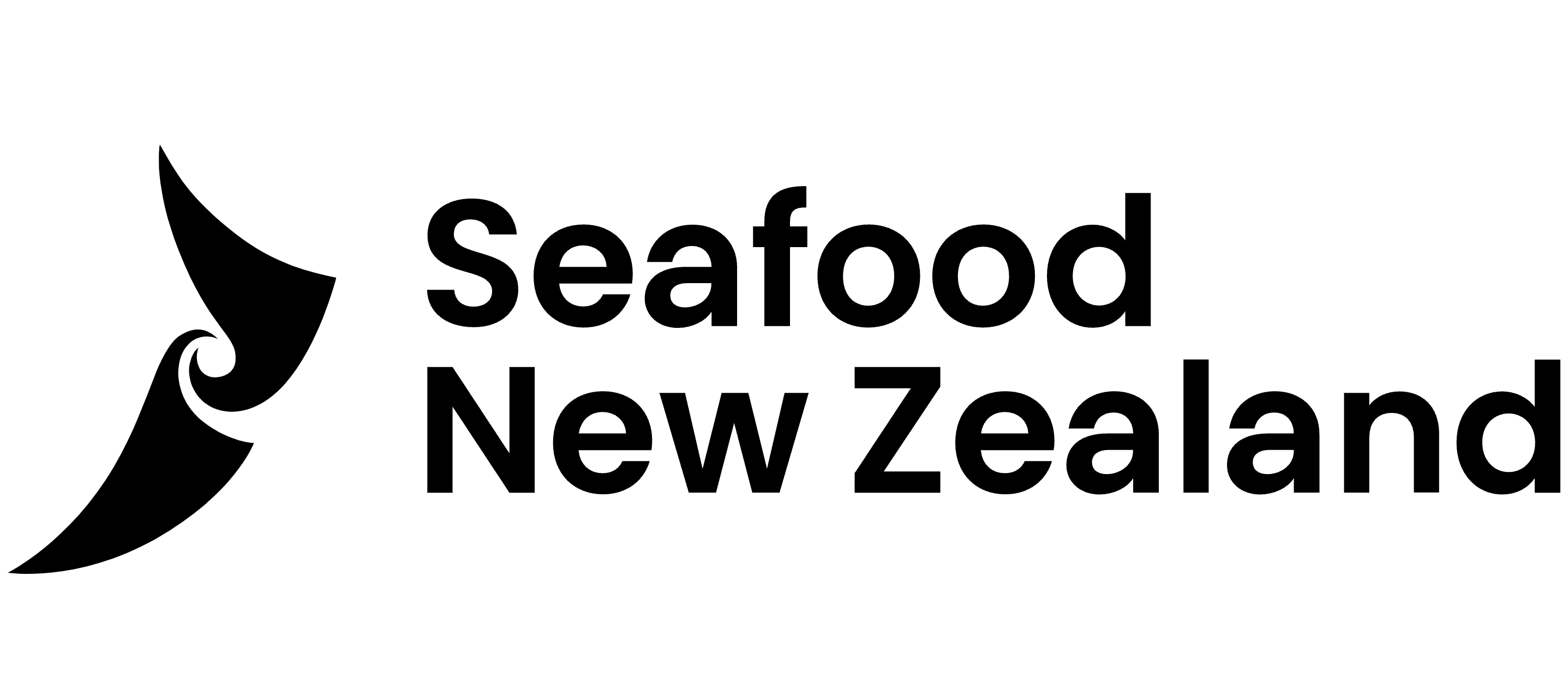Fishing industry body Seafood New Zealand is delighted that fishers working in Aotearoa’s jack mackerel 7 fishery (JMA7) have managed to achieve a whole year of no accidental captures of protected species such as seabirds, dolphins and other marine mammals.
Jack mackerel is a significant species for New Zealand’s commercial fishing sector, worth over $66 million in export revenue, and area 7 is the largest of the jack mackerel fisheries we have.
CEO Lisa Futschek says this result is all about hard work and cooperation.
“It’s such good news and it didn’t come easy. The people operating in this fishery have developed multiple measures over many years to prevent bycatch. They have worked together to understand what works and what doesn’t, supported by Seafood New Zealand and other industry groups and by high rates of observer monitoring. It’s taken a lot of effort over many years to get to this point, but it was worth it.
“Protecting marine mammals and seabirds is so important to the people in this industry and everyone is working on this. The work in JMA7 shows a successful approach to protected species risk management and Seafood New Zealand is keen to spread the knowledge.”
The skippers, vessel managers and companies involved have worked to protect fur seals, seabirds and dolphins, but because the biggest overlap was with dolphins, extra work was focused in that area.
Key tools and processes for helping to reduce dolphin captures included:
· Crews’ yearly briefings with Deepwater Environmental Liaison Officers and reviews of capture events
· open dialogue with skippers and vessel managers about risk factors,
· use of audio devices that deter dolphins
· reducing the number of night time tows during the ‘higher risk period’
· open communication between skippers, notifying the whole JMA fleet if/when a capture does occur
· avoidance of new moon fishing at shallow depths
The three fishing companies currently involved are Sealord, Independent Fisheries Limited and Maruha.
Tim Law, the GM of Operations at Maruha says the result was achieved through massive efforts by fishing experts and others looking for practical solutions.
“Communication and cooperation between the three main companies involved in the fishery has been key to the success.
“The vessel managers and crew should also be commended for adopting new practices, equipment and abiding by the operating procedures, treating them like the Ten Commandments. This was disruptive at the beginning to the crew, but they fully adopted them, knowing it would prevent the interactions with the mammals and birds they share the environment with.”
While there is widespread delight with the result, Lisa Futschek acknowledges the industry can’t rest on its laurels.
“We know there will always be more work to do. Even in this fishery, with all the effort put in, we may not get a zero-result next year. But the point is we have a decade’s worth of figuring out what works. We must acknowledge that every fishery is different – different fishing vessels with vastly different operations, interacting with different species across different parts of New Zealand’s oceans – so there is not a one size fits all approach. But this demonstrates what can be achieved through proactive engagement, collaboration with knowledgeable skippers, supportive crews and industry led measures.”



 Mānuka Charitable Trust: Mānuka Charitable Trust Warns Global Buyers Of Misleading Australian Honey Claims
Mānuka Charitable Trust: Mānuka Charitable Trust Warns Global Buyers Of Misleading Australian Honey Claims  Engineering New Zealand: NZ Building System Needs Urgent Improvement
Engineering New Zealand: NZ Building System Needs Urgent Improvement GNS Science: Bioshields Could Help Slow Tsunami Flow
GNS Science: Bioshields Could Help Slow Tsunami Flow Transport and Infrastructure Committee: Inquiry Into Ports And The Maritime Sector Opened
Transport and Infrastructure Committee: Inquiry Into Ports And The Maritime Sector Opened Netsafe: Netsafe And Chorus Power Up Online Safety For Older Adults
Netsafe: Netsafe And Chorus Power Up Online Safety For Older Adults RBNZ: 10 Cent Coin With King Charles III Image Now In Production
RBNZ: 10 Cent Coin With King Charles III Image Now In Production


